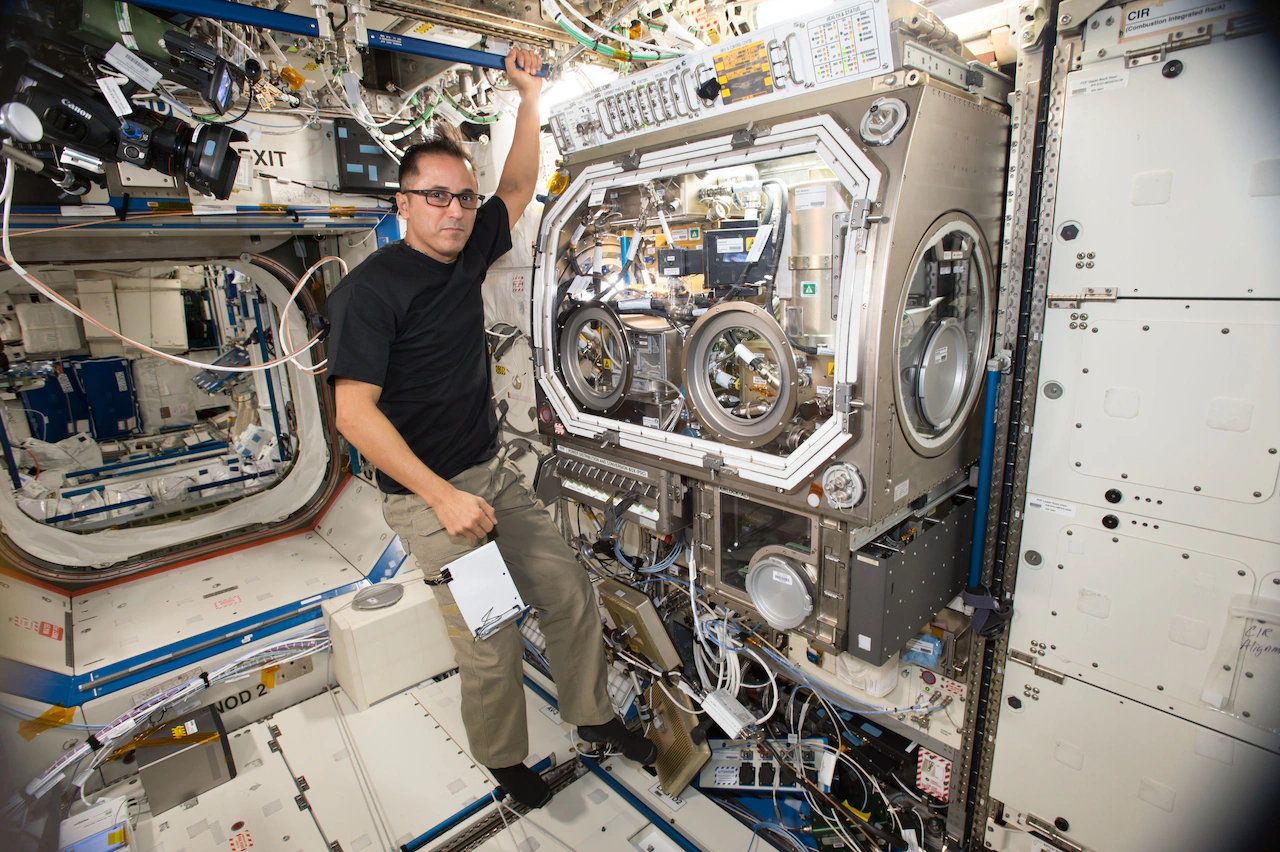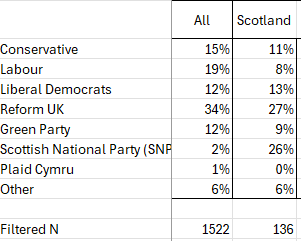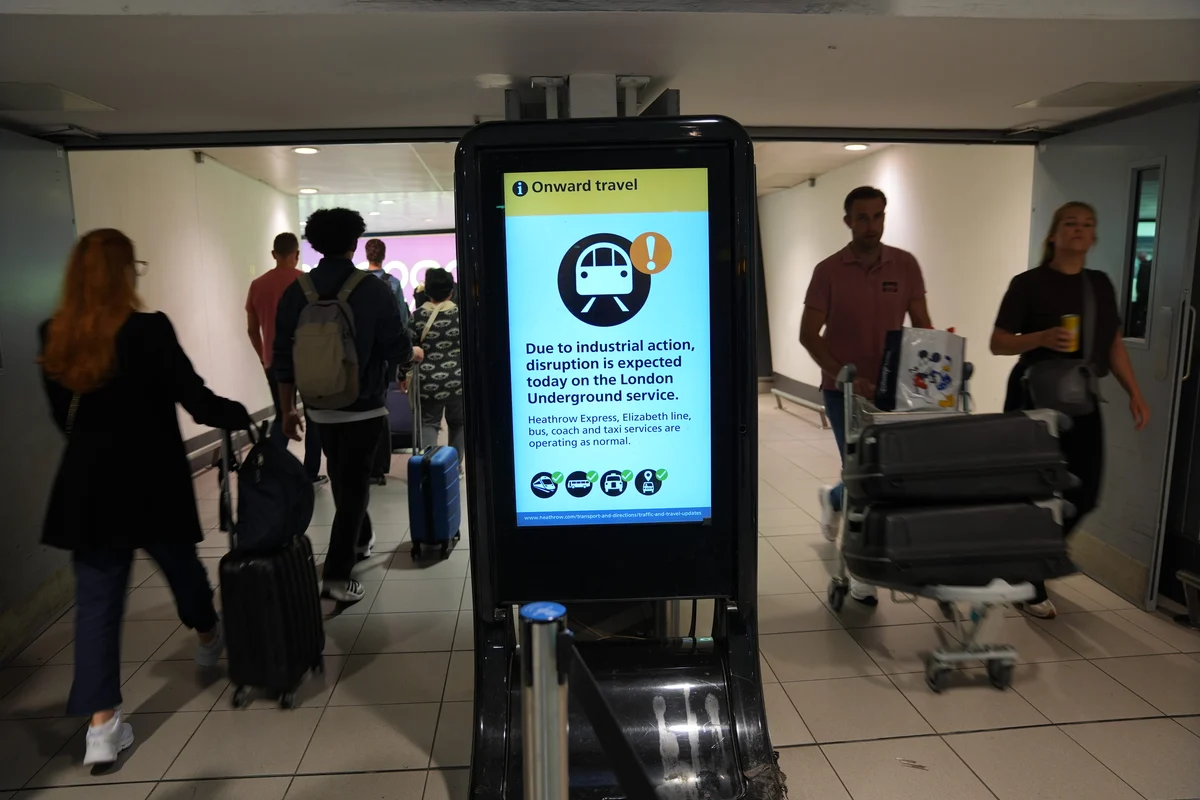
CLEVELAND, Ohio — A key part of NASA’s plans of returning to the moon or visiting Mars will be predicated on advance technology developed at NASA Glenn Research Center.
However, before the next giant leap for mankind, there’s plenty of research needed involving the zero boil off tank (ZBOT).
Such was the case last week when the Northrop Grumman Cygnus cargo mission to the International Space Station (ISS) included ZBOT-NC, the second phase of the trio of experiments that will study how non-condensable gases affect tank pressure regulation in microgravity.
“Any kind of travel that you do, arguably the most important thing you bring with you is the fuel to get there and get back,” NASA engineer and Z-BOT project manager Daniel Brown said. “Rocket fuels — liquid oxygen, liquid hydrogen, liquid methane — are common rocket propellants stored at extremely cold temperatures.
“We have to keep them at those cold temperatures, otherwise they start to boil or evaporate. And the pressure inside of the storage tank begins to increase, and that’s a bad thing. If you left that go unchecked, the tanks would explode.”
This leads to ZBOT-NC, which has a current goal of obtaining test data in a microgravity environment to enable a more efficient storage option to sustain the fuel supply.
The first such experiment was launched to the ISS in 2017.
“Z-BOT is a piece of hardware that operates on the International Space Station,” he said.
“Over a period of about six months, we’ll be running experiments just like you would in a laboratory on the ground, but ISS is a floating laboratory that allows you to do research in a weightless environment.”
Brown noted for safety purposes, a simulant — not an actual cryogenic fluid — that boasts a lot of the same properties is used, giving researchers insight into the best ways to manage pressure inside the tanks for real space missions.
This includes future Artemis missions to the moon and human exploration of Mars and beyond.
For the 1996 Notre Dame-Cathedral Latin School graduate who currently calls Chesterland home, Brown said the Z-BOT technology epitomizes the type of technological advances explored at NASA Glenn Research Center.
Whether it’s innovative tires, battery technology, the use of cryogens in the medical industry or power generation, those advances end up benefiting life on Earth.
“When you drive by the entrance to NASA Glenn, the marquee says ‘Research and technology’ on one side and then the other side says ‘For the benefit of all,’” he said.
“That really is the case for what goes on at NASA Glenn. We’re bettering the public’s lives.”



